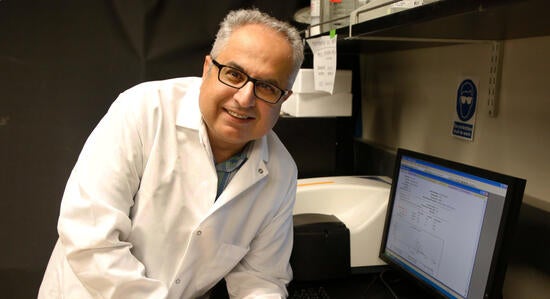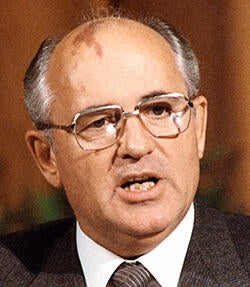
UCR bioengineering professor Bahman Anvari, whose innovations have improved treatments for debilitating skin disorders, has been named a Fellow of the National Academy of Inventors, or NAI.
Anvari, along with 161 other NAI academic fellows for 2023, will be presented medals during the NAI's annual meeting in June 2024, at Research Triangle in Raleigh, NC.
Anvari has made significant contributions to the field of biomedical optics, but his innovations that improved the treatment of port wine stain, a skin disorder also known as nevus flammeus, have been particularly influential.
The congenital skin disorder can range from benign birthmarks, such as those that were on the forehead and scalp of the late Soviet Union leader Mikhail Gorbachev, to disfiguring lesions susceptible to bleeding that are particularly debilitating when they occur on one’s face. The condition is caused by abnormally large blood capillaries in the skin, resulting in deep red or purple marks and lesions on the skin, which resemble the color of port wine.

In the 1990s, the use of lasers to burn away the problematic capillaries showed promise. However, the laser beams were non-specific and would also destroy the pigment melanin and other beneficial components of the skin. This made treatment unworkable for people with darker complexions.
Anvari and his colleagues addressed this problem by developing devices that spray the patient’s skin with a coolant – tetrafluoroethane -- just before the laser pulses are applied. The coolant keeps the melanin intact while the laser destroys the oversized capillaries. A portfolio of patents was issued between 1998 and 2001, and the technology was licensed to Candela Corp. The University of California has since earned more than $56 million in royalties.
More recently, Anvari has led the development of a patented optical nano-sized structures.
This innovation would allow “laser-based thermal destruction of targets such as tiny metastatic tumors that may otherwise be missed during surgery,” Anvari said.
Dr. Paul R. Sanberg, president of the NAI and a neurosurgery professor at the University of South Florida’s College of Medicine, said in a statement that NAI fellows “are making significant contributions to both science and society through their work” and “are creating innovations that are driving crucial advancements across a variety of disciplines and are stimulating the global and national economy in immeasurable ways.”